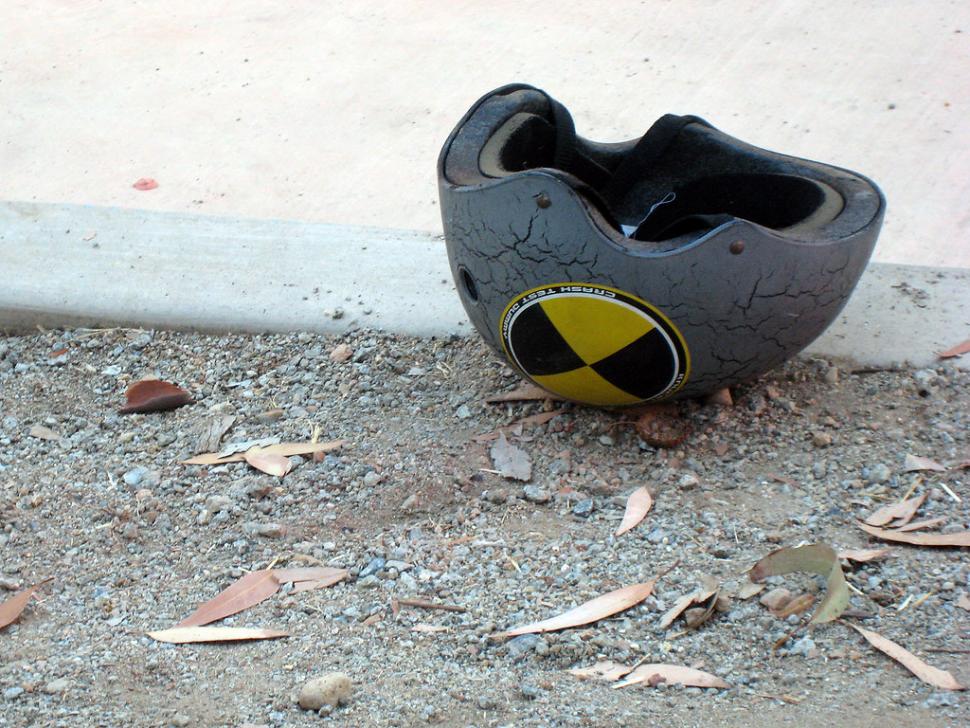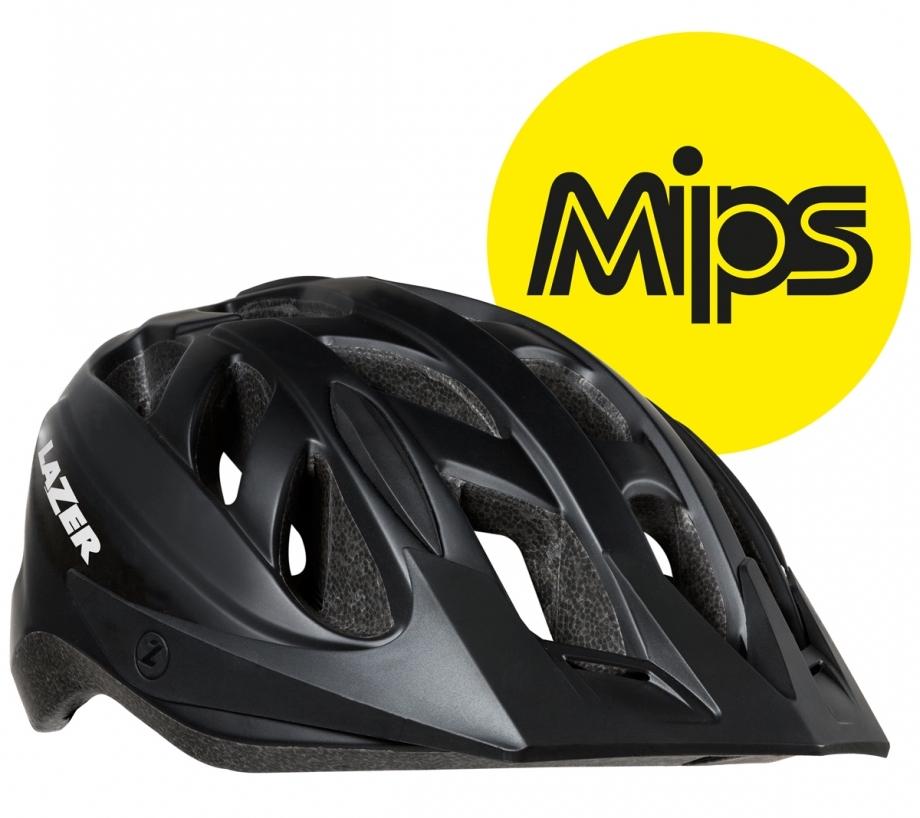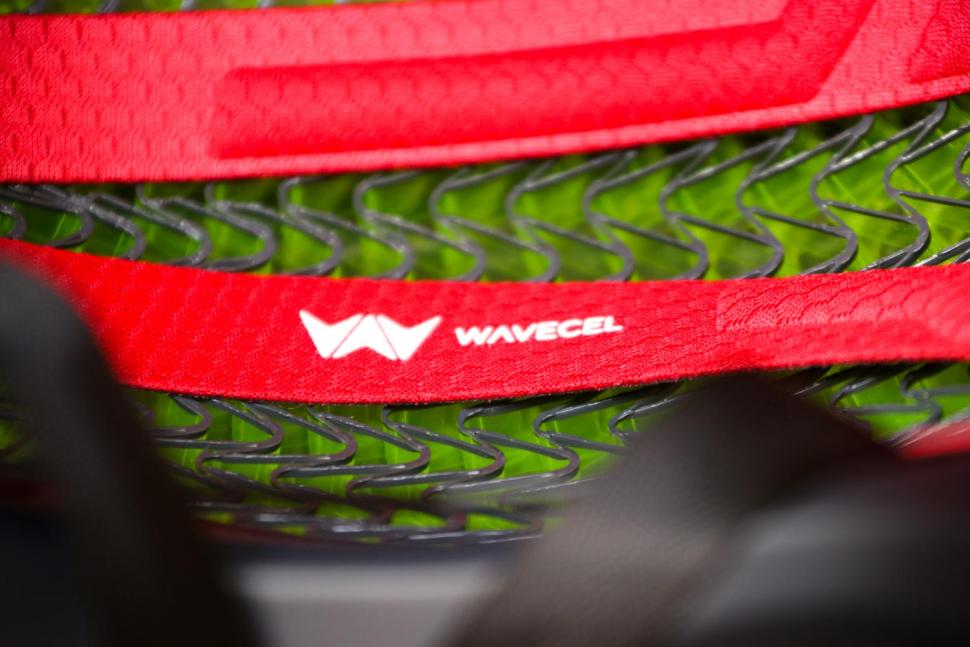- News
- Reviews
- Bikes
- Components
- Bar tape & grips
- Bottom brackets
- Brake & gear cables
- Brake & STI levers
- Brake pads & spares
- Brakes
- Cassettes & freewheels
- Chains
- Chainsets & chainrings
- Derailleurs - front
- Derailleurs - rear
- Forks
- Gear levers & shifters
- Groupsets
- Handlebars & extensions
- Headsets
- Hubs
- Inner tubes
- Pedals
- Quick releases & skewers
- Saddles
- Seatposts
- Stems
- Wheels
- Tyres
- Tubeless valves
- Accessories
- Accessories - misc
- Computer mounts
- Bags
- Bar ends
- Bike bags & cases
- Bottle cages
- Bottles
- Cameras
- Car racks
- Child seats
- Computers
- Glasses
- GPS units
- Helmets
- Lights - front
- Lights - rear
- Lights - sets
- Locks
- Mirrors
- Mudguards
- Racks
- Pumps & CO2 inflators
- Puncture kits
- Reflectives
- Smart watches
- Stands and racks
- Trailers
- Clothing
- Health, fitness and nutrition
- Tools and workshop
- Miscellaneous
- Buyers Guides
- Features
- Forum
- Recommends
- Podcast
TECH NEWS
 "7470_CrashHelmet" by Kevin Baird is licensed under CC BY-NC-ND 2.0
"7470_CrashHelmet" by Kevin Baird is licensed under CC BY-NC-ND 2.0Lazer MIPS beats new Bontrager WaveCel helmet in helmet safety test by US university
The Lazer Cyclone MIPS helmet has achieved better results than Bontrager’s new WaveCel helmet technology, which arrived earlier this year with big claims of improved safety, in the latest helmet crash test by a US university.
Last year Virginia Tech conducted safety testing on a batch of helmets using its own impact simulator designed to recreate the most common head-impact scenarios on the road. While it didn’t test every single model on the market, it concluded the Bontrager Ballista MIPs was the best of the helmets it did test, scoring five stars in its rating system.
- 18 of the best high-performance helmets that combine light weight, aerodynamics and comfort
The results are based solely on safety and don’t take other factors like temperature and ventilation into account. The university uses an oblique impact drop tower from which a 45° steel anvil, coated with sandpaper, is dropped to produce “normal and tangential incident velocities associated with oblique impacts” and 12 impact conditions are evaluated to achieve the final rating. You can see the full testing setup here
Since that test the helmet war has become interesting. Bontrager launched its new WaveCel technology with a promise of “setting new standards in safety” thanks to a collapsible cellular material developed by orthopaedic surgeon Dr Steve Madey and biomechanical engineer Dr Michael Bottlang. As well as absorbing linear impacts, WaveCel is designed to reduce rotational motion transferred to the brain in the event of angled impacts.
It has caused quite a stir in the industry. MIPS has said the WaveCel helmets perform far less impressively in safety tests than Bontrager claims, and Koroyd, the brand behind a co-polymer tube structure you see in helmets from Smith and Endura, has also voiced scepticism at the safety claims Bontrager has made.
Find out all you need to know about MIPS
What is needed is some independent testing because consumers are currently choosing helmets based on fit, comfort, style, weight, colour and price, with safety removed from the equation. Far from ideal.
In its latest batch of helmet testing, Virginia Tech has included several of the new Bontrager WaveCel helmets and while the Bontrager Specter WaveCel did marginally outperform the previous best performing Bontrager Ballista MIPS, both have been displaced by the Lazer Cyclone MIPS helmet, which is also about half the price of either of the Bontrager helmets.
That shows that price doesn’t necessarily buy you more safety, casting doubt on the big claims made by Bontrager for WaveCel and supporting MIPS as the superior anti-rotation safety device. It’s worth adding that the WaveCel road helmets do factor near the top of the results sheet with the same five star rating, though curiously the mountain bike and urban WaveCel helmets are much lower down the list, but still with five stars.
It’s also interesting that Lazer’s £55 Cyclone MIPS helmet scores better than the company’s own range-topping £175 Z1 MIPS helmet (though much cheaper if you shop around).
We’ve not been involved in Virginia Tech’s testing but we’ve no reason to suspect the results haven’t been achieved via properly assessed testing procedures.
You can view the full list and helmets tested here
You can read our 2014 review of the Lazer Cyclone here. We’ve just requested the latest MIPS version for testing so we can see what it’s like for ourselves, so watch out for that soon.
David worked on the road.cc tech team from 2012-2020. Previously he was editor of Bikemagic.com and before that staff writer at RCUK. He's a seasoned cyclist of all disciplines, from road to mountain biking, touring to cyclo-cross, he only wishes he had time to ride them all. He's mildly competitive, though he'll never admit it, and is a frequent road racer but is too lazy to do really well. He currently resides in the Cotswolds, and you can now find him over on his own YouTube channel David Arthur - Just Ride Bikes.
Latest Comments
- ROOTminus1 1 hour 33 min ago
I'm glad the article went into more detail and cleared things up, the headline had me worried that some autonomous building had run rampant and...
- mark1a 1 hour 52 min ago
Still here, just showing a few signs of wear and tear. Hopefully still serviceable for some years to come.
- Secret_squirrel 2 hours 22 min ago
Has he fully recovered though, and will he ever?...
- Rendel Harris 2 hours 36 min ago
How can you know that you are "equally fearful" as "any female cyclist"? There is no possible way of quantifying such emotions and female cyclists...
- chrisonabike 3 hours 8 min ago
I think it would be fairer to blame the moon - as in "my client is a loony".
- Bungle_52 3 hours 32 min ago
Nice idea but Gloucestershire Constabulary are not interested as exemplified by this prvious NMOTD. Not only was there NFA for the close pass in...
- hawkinspeter 5 hours 4 min ago
I think black boxes are great for early detection of cognitive decline and/or sight problems. Someone's driving is going to become much less smooth...
- Bigtwin 5 hours 39 min ago
It's a fashion. https://guildford-dragon.com/shalford-driver-who-smashed-shalford-war-me...
- MTL Biker 6 hours 34 sec ago
Robin Phans .....


Add new comment
10 comments
but... but.. but.... Bontrager told me that the new Wavecel technology was the sort of technology which only came around every 30 years! Now we're told this isn't true and that we've had space helmets right under our noses for years and we didn't know about them!!
im-not-angry-im-just-disappointed.jpg
pfffff, helmet testing. I've ridden for over 30 years and never crashed into an anvil even once, let alone at 45 degrees.
I have, but it was coated in 400 grade sandpaper while I believe Virginia Tech used 800 grade. A such I question the accuracy of the scientific approach and implore them to use more realistic grades of sandpaper.
Is there any information available regarding how many injuries are sustained by cyclists that MIPS could have prevented, but a traditional helmet could not? It seems like a hard thing to quantify.
There's not even enough reliable data for whether cycle helmets make any difference in either hospital admission rates or patient outcome. Believe me, as a generally pro helmet cyclist with 3 destroyed lids and an intact skull, I have looked. The best you are going to get is lab tests, often designed by the manufacturer, that may or may not have any relevance to real life.
Personally I'll settle for protection from cosmetic damage to my beautiful cranium and leave the helmet at home when not indulging in riskier cycling activities. I have no expectation that they will do anything in a major me v motor incident except secure a full compensation payout and avoiding all the "should have worn a helmet" comments from those who actually give a stuff about my wellbeing.
Exactly this. Bravo.
I owned a wave cellhelmet for a while, but took it back. Exchanged it for a traditional bontrager helmet with mips. The helmet was really uncomfortable, and it made a ton of noise. All that Wave plastic creaks. Also, they don't seem to carry it in a M/L size that I really needed. The L was close, but not it.
The word "safety" is bandied about a bit in the article. The tests used are very specific, and even though many claims are made about "safety", it may be very difficult to apply these to real world situations. They may also perform better in their ratings, but that is all it does, and it is just a ratings system and may not mean that they are necessarily "safer"
Just being a bit sciencey.
God, helmets are dull.
Wait for it....